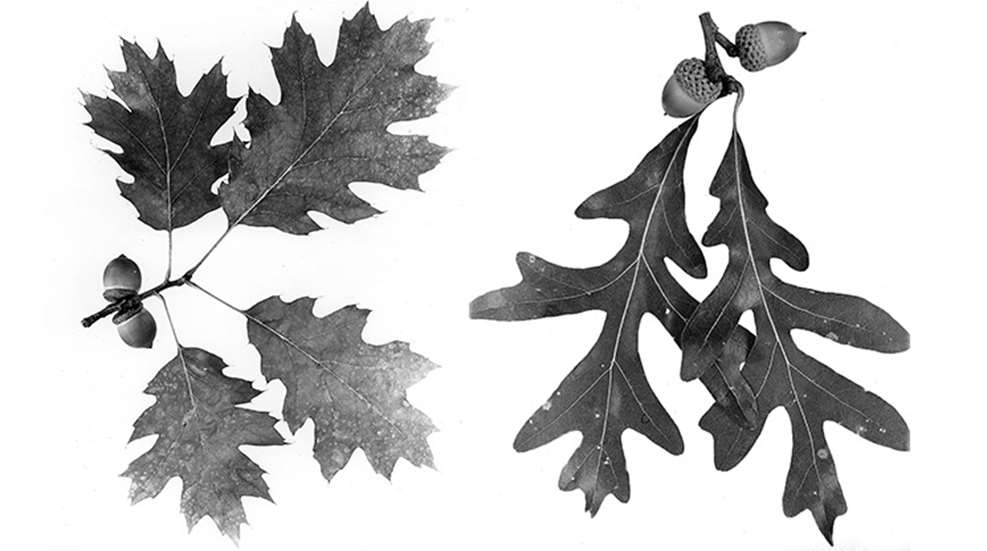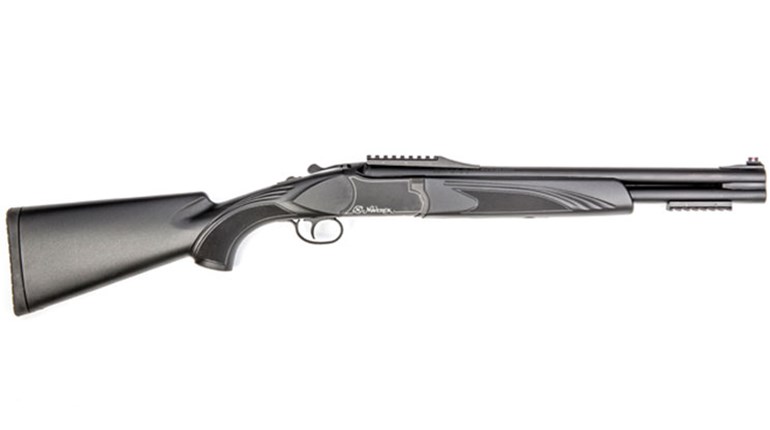
In much of the eastern U.S., acorns are at the top of a deer’s menu come fall. But not all acorns—or oak trees—are equal, and knowing the difference can help you pick stands and plan when to hunt them.
The U.S. Forest Service lists 50 oak species native to the East, which fall into two groups: red oaks and white oaks. The reds include the archetypical Northern red oak (Quercus rubra), along with other species commonly called black oak, cherrybark oak, pin oak, Shumard oak, willow oak and more. White oaks include the white oak (Quercus alba), as well as species known as chestnut oak, post oak, scrub oak, overcup oak, live oak and others.
Examining oak leaves is the easiest way to tell the reds from the whites. Red oak leaves often have pointy lobes with bristles at their tips and at the top (apex) of the leaf. White oak leaves generally have rounded lobes or are oval-like in shape, and they lack bristles.
Weather and various other factors affect acorn production, so the only sure way to know how many acorns you can expect this fall is to gauge the crop in late summer. Scout for acorns by scanning oak crowns with a bino, and while you’re at it, determine whether the trees are red oaks or white oaks because the differences can affect deer movement.
White oaks drop their acorns early in the fall, typically from mid- to late September depending on latitude. The entire crop falls over a short period of time. White oak acorns contain less tannins than red oak acorns and are preferred by deer. They’re early-season whitetail magnets—but not for long.
“Almost as soon as a white oak acorn hits the ground, it begins shooting out a radicle, the beginning of a root,” says Pennsylvania Game Commission Forestry Division Chief David Gustafson. “The acorn has less value as a food source as the radicle develops, because it uses carbohydrates to grow. Deer may still eat white oak acorns with radicles, but they move on to red oak acorns as fall progresses.”
The red oak acorn drop begins in early October and is more protracted, lasting into November. These acorns are available to deer through the winter and don’t begin radicle growth until the following spring. If you’re looking for a mid- to late-season stand, find a loaded red oak.





































